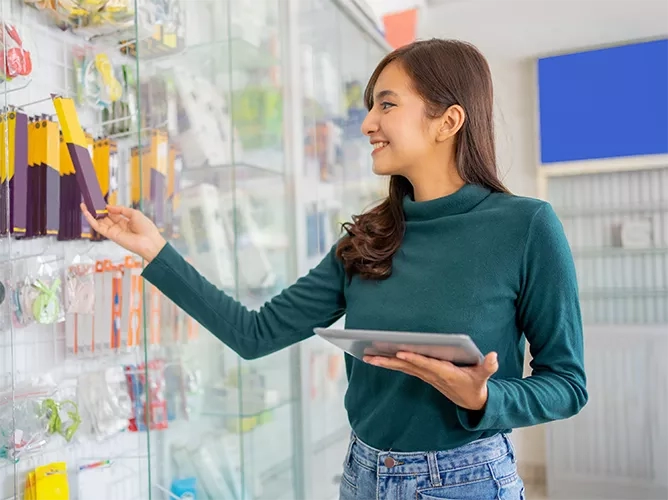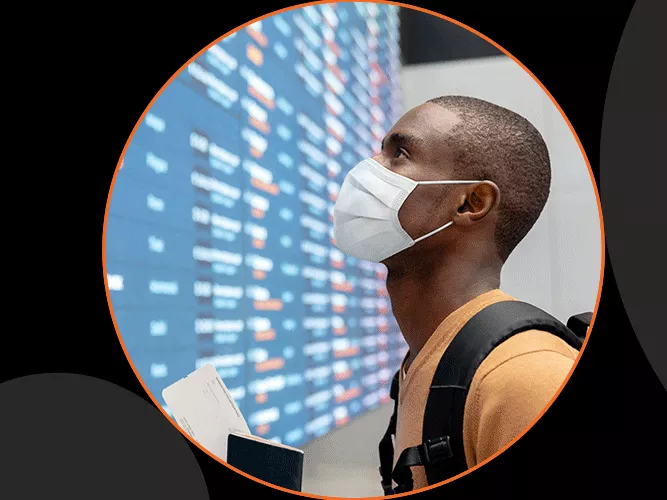Originally published by Banking Dive on September 28, 2020
Life changed for many of us during the first half of 2020, from the way we work, socialize and exercise, to how we shop, pay and travel.
There's no question changes will continue. As we adapt to the short- and long-term impacts of Covid-19, consumers will undoubtedly continue to seek solutions that are touchless, convenient and digital-first. Worldwide, we've already seen contactless transactions grow twice as fast as non-contactless transactions at grocery and drug stores between February and March. The U.S. saw $53 billion of incremental spending occur on e-commerce channels between April and May, according to Mastercard SpendingPulse.
Even before the pandemic, the loyalty landscape was evolving. While traditional points and rewards are a key component of loyalty, consumer expectations shifted to more seamless, simple and relevant experiences. Brands saw the demand for digital. Among 44% of companies that had recently changed or planned to change their loyalty strategy, the top reason was to create a more digital experience as of 2019, according to Mastercard-sponsored Harvard Business Review Analytic Services research. And 59% said building emotional connections was the primary driver for their loyalty investments.
Now those trends have only accelerated. Issuers must meet consumers where they are amid social distancing guidelines. That means delivering products, services and rewards that consumers desire through the online channels they prefer.
"As we adapt to the short- and long-term impacts of Covid-19, consumers will undoubtedly continue to seek solutions that are touchless, convenient and digital-first."
Why Redemption?
Providing a contextual experience for cardholders involves two components: a relevant offer and an easy redemption. While important, simply providing offers consumers care about is not enough. The redemption experience can leave a lasting mark on loyalty. A clunky, manual redemption process can leave cardholders feeling disengaged or duped. When redemption is simple and frictionless, cardholders know their issuer understands their needs. Cardholders then are more likely to use that card and build long-term loyalty habits.
Combining relevant offers with a seamless redemption experience has been crucial during Covid-19. The option to use points like cash provides cardholders with more flexibility.
In 2019, cash-back rewards hovered around 70% of all redemptions, and now it is climbing toward 80%, according to a Mastercard analysis. E-gift cards have also grown in usage as more people are shopping online. E-certificates have also made up a larger percentage of redemptions, growing from 7% in 2019 to 9% this year.
These patterns show that cardholders — who may be facing unique financial pressures under stay-at-home guidelines — are shifting redemption behavior to fit their needs. For example, some may be repurposing points typically set aside for travel to dip into e-cards to pay for online purchases like groceries. As travel restrictions lift, travel redemptions may climb again.
Issuers can evolve their redemption experience to offer even more convenience and ease with the following tactics.
Simplify your program for clear ways to earn and burn rewards.
In a recent analysis of loyalty programs, Mintel found that 45% of U.S. consumers say it takes too long to earn valuable rewards. Issuers should aim to make points redemption as uncomplicated as possible for cardholders; simplicity means cardholders will be more likely to reach for your card first to accumulate points.
Issuers can create a game component, where consumers are incentivized to regularly spend on the card to earn rewards. For example, doubling their points on certain days or giving the consumer a few options on how they want to build up points.
Focus on partnerships and other channels that expand the points and rewards available to cardholders.
One of the challenges issuers face is that many offers aren't relevant and go unredeemed. That's where card-linked offers and partnerships with merchants come in. Card-linked offers encourage cardholders to use their cards as they normally do and then receive personalized, relevant offers based on their preferences. They can also receive offers at the right moment with location-based offers. These types of offers are effective because they are personalized and targeted. Cardholders that are passionate about home improvement may get 10% off a local hardware store purchase, while foodies may receive offers for cash back on food delivery services.
According to a 2019 CardLinX survey, 41% of issuers believe card-linked offers in mobile wallets are the most promising technology in the sector, and 44% saw card-linked transactions grow faster than 100%. This approach is a win for financial institutions, consumers and merchants, who benefit from existing and new customers' business via card-linked promotions and offers.
Make points redemption quick and easy.
Consumers want their rewards in real time, with 63% of retail shoppers favoring instant rewards and discounts, according to a HelloWorld study on loyalty. Many brands have responded to the challenges brought on by Covid-19 with higher levels of convenience and ease. And that's what consumers need and expect.
That means giving them the freedom to spend their points like cash at the point of purchase or get points or cash back automatically on their statement, whether online or in person. This seamless redemption approach allows for real-time engagement and cardholder instant gratification to drive top-of-wallet preference.
No one truly knows how the coming months will play out. But convenience and ease-of-use for cardholders needs to be woven throughout loyalty strategies, including how consumers enjoy their rewards. With a digital-first, seamless approach to redemption, brands will see an increase in loyalty and consumer engagement no matter what the future holds.
Learn how Mastercard is re-imagining issuer loyalty for more digital-first, seamless and personalized experiences with end-to-end solutions.










